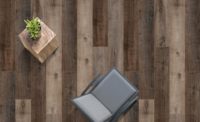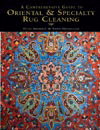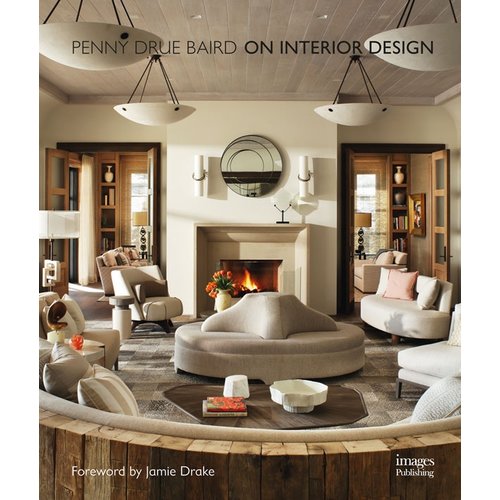Survey Reveals Consumer Preferences in Staircase Flooring

There are several factors to take into account when choosing the right flooring for your staircase. Practicalities such as the age of the occupants, the number of people living in the house, the positioning of the staircase and even the acoustics of the home can all play a part in the decision-making process. Style, comfort, and warmth are also considerations, which can sometimes make it difficult to know what flooring to choose.
To find out more about staircase flooring, staircase supplier Jackson Woodturners carried out an independent survey among the British public. Here’s what they discovered:
It’s All About Carpet
The survey revealed that almost two-thirds of the British public have fully carpeted staircases, despite the wide range of alternative flooring options available. Wooden flooring was the second most popular material, featuring in just over a tenth of homes. A further 5% of the public combined the two materials with a carpet runner over wooden treads.
There are several reasons why carpets are such a popular choice, warmth and comfort underfoot being prime examples. Good quality carpets can also be hardwearing and easy to clean—two essential factors for such a high traffic area.
Properly fitted carpets can provide certain safety benefits, especially for occupants who are more susceptible to falls, such as the elderly and small children. Wood, marble, or tiled flooring can be slippy underfoot and the hard surface is likely to cause injury in the event of a fall, making it unsuitable for those who are not as steady on their feet.
Carpets also offer soundproofing advantages, which can be particularly useful for a large household where occupants are frequently charging up and down the stairs.
Styling a carpeted staircase
There are many different ways of styling a stair carpet, here interior designers Steph Briggs, Tom Sanders and Gilly Craft share their expert advice:
Briggs: Fully carpeted stairs look fabulously neat and modern as well as being great if you’ve got an older staircase which can be drafty. Fully fitting a carpet can prevent it from being a trip hazard and in most houses there is a noticeable noise reduction.
As the staircase is a high traffic area, I’d recommend a hardwearing carpet such as sisal or coir. Style-wise if the rest of the hall and landing is hard flooring then I’d be tempted to make the stairs the main feature. Stripes, patterns and statement color can work well for this.
Sanders: Fully carpeted stairs are the default for most homeowners. They can provide a generally practical and hardwearing surface, comfort underfoot and can offer immediate impact and a visual change for those seeking an update to their interior. However, carpeted stairs are somewhat ingrained in tradition when there are alternatives that can be just as practical and create a real wow factor in the home.
The first thing to consider is usage. Is your home a busy space? Is it full of teenagers, children, dogs and cats or is it a quieter environment? A carpet, just like other fixtures and fittings must suit your needs and lifestyle. Since stairs are a high traffic area any floor covering must be of robust quality. Spending a little more money on a stair carpet will undoubtedly pay you back with longevity. However, these don’t have to break the bank. A low, dense pile will offer longevity and is forgiving, hiding footprints and marks left behind from the hoover. Also, the colors and patterns available are endless. While a cheaper Berber woven style carpet will not only give you durability but, as a neutral covering with a gentle texture, can be paired with most interior styles.
Craft: The choice on whether to carpet your staircase or go for another type of treatment really depends on how the stairs have been constructed, the materials and the condition. Sometimes fully carpeting the stairs is the only option. If this is the case, then go for a loop pile carpet rather than a cut pile. If then the pile flattens over time, it won’t be so obvious. A stripe in the carpet gives a pleasing finish and makes the stairs more of a design feature.
For more information, visit www.jacksonwoodturners.co.uk.
Looking for a reprint of this article?
From high-res PDFs to custom plaques, order your copy today!








